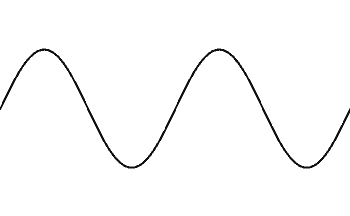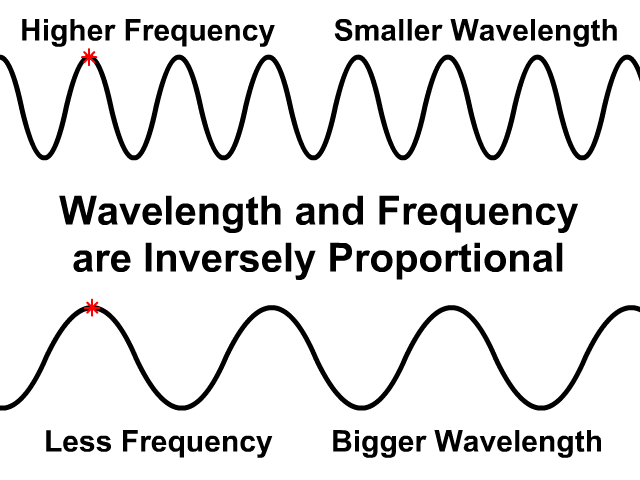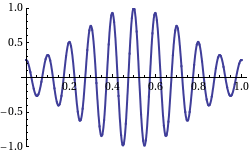

What is music? Well, it can be broken down into a sequence of notes. If that's the case, what can we call a note?

A note is a sound. A sound is a wave, that travels through molecules of air, into our ears, and triggers a sensation in our neurons which indirectly creates a sense of hearing.

And, in a large number of musical instruments, one of the most important properties of this wave, is its pitch.
Scientifically, pitch refers to the perceived "shrillness" or "lowness" of a wave, but in actuality, the inherent measurable property of the wave that determines the pitch is its frequency.
Essentially, frequency determines how quickly a wave vibrates or oscillates, and it is usually measured in Hertz (Hz), for the number of oscillations per second.

So, the wave on the right visibly has a higher frequency than the one on the left. Meanwhile, wavelength refers to the distance between the similar crests and troughs of the wave; visibly, with an increase in wavelength, the frequency would decrease, and vice versa.
Another essential property of waves is amplitude, which is directly related to how loud our brains perceive the sounds. The amplitude is simply how much the wave fluctuates from its baseline. A higher amplitude corresponds to a louder sound, while a lower amplitude results in a softer sound.

For example, above you can clearly see variation in the amplitude of the wave.
Although a single frequency is considered the fundamental frequency (the lowest, primary frequency which our ears perceive), the waves with integral multiples of this frequency are produced with varying intensity, contributing to the overall contour or timbre of the note. Timbre is the quality that distinguishes one musical instrument or voice from another, even when playing the same note at the same volume. It's influenced by the combination and relative strength of different frequencies present in a sound wave.
You can clearly see how the form of a piano's wave differs from an ordinary wave from a tuning fork, and there are similar differences in the waves from all sources of sound.
Harmonies in music arise when different frequencies interact in specific ratios. When two or more notes are played simultaneously, their frequencies combine to create a complex waveform. If these frequencies have simple mathematical relationships, such as integer ratios like 2:1 or 3:2, they form harmonious combinations. In contrast, dissonant intervals occur when the frequency ratios are more complex. The interaction of frequencies in these ratios contributes to the rich texture and emotional depth of musical compositions.
In summary, when we hear a musical note, we are essentially perceiving a complex interplay of frequencies, amplitudes, and waveforms. The pitch is determined by the frequency, the volume by the amplitude, and the timbre by the unique combination of frequencies present. Understanding these fundamental concepts helps unravel the intricate physics behind how musical notes work, enriching our appreciation of the art and science of music.